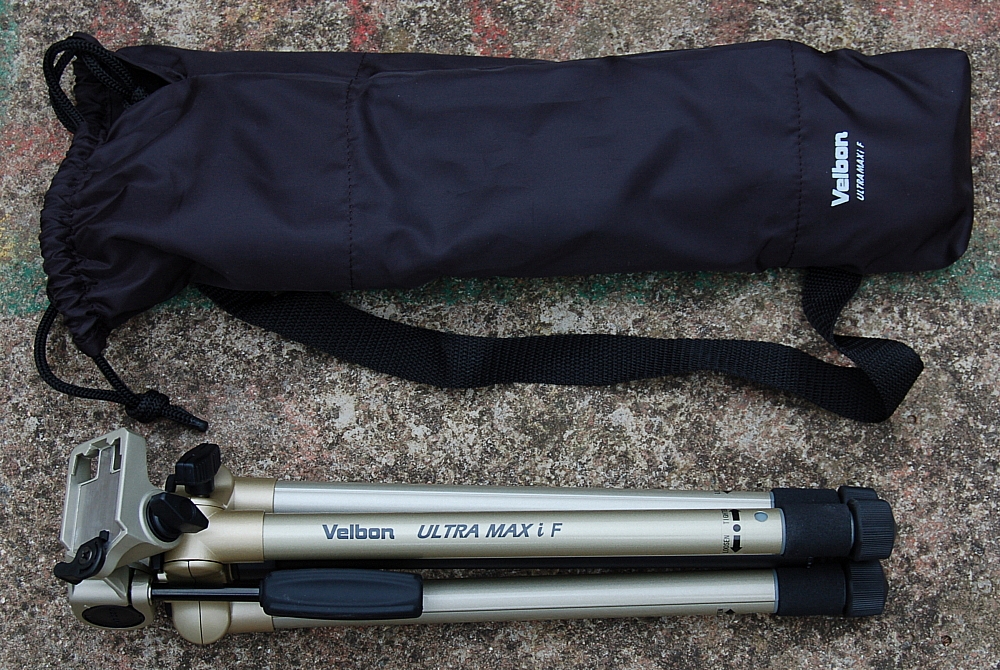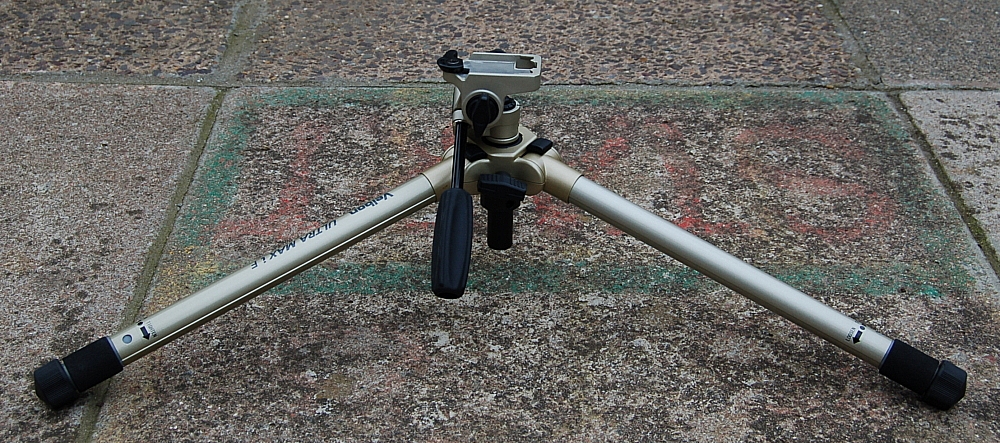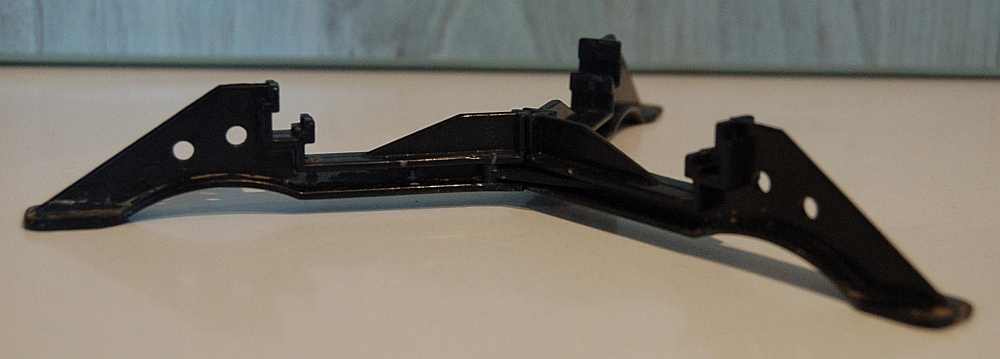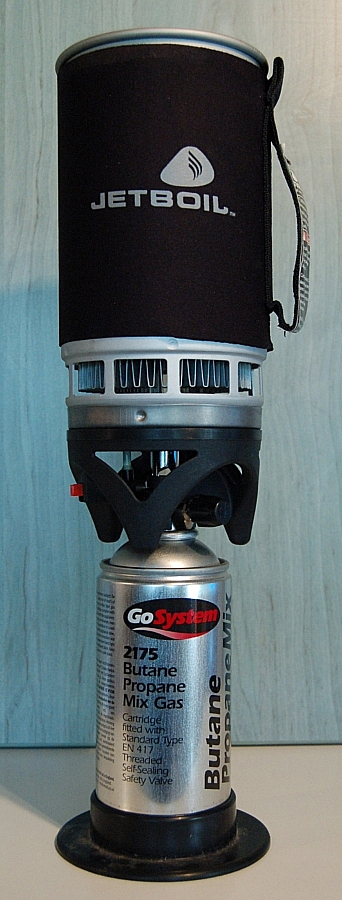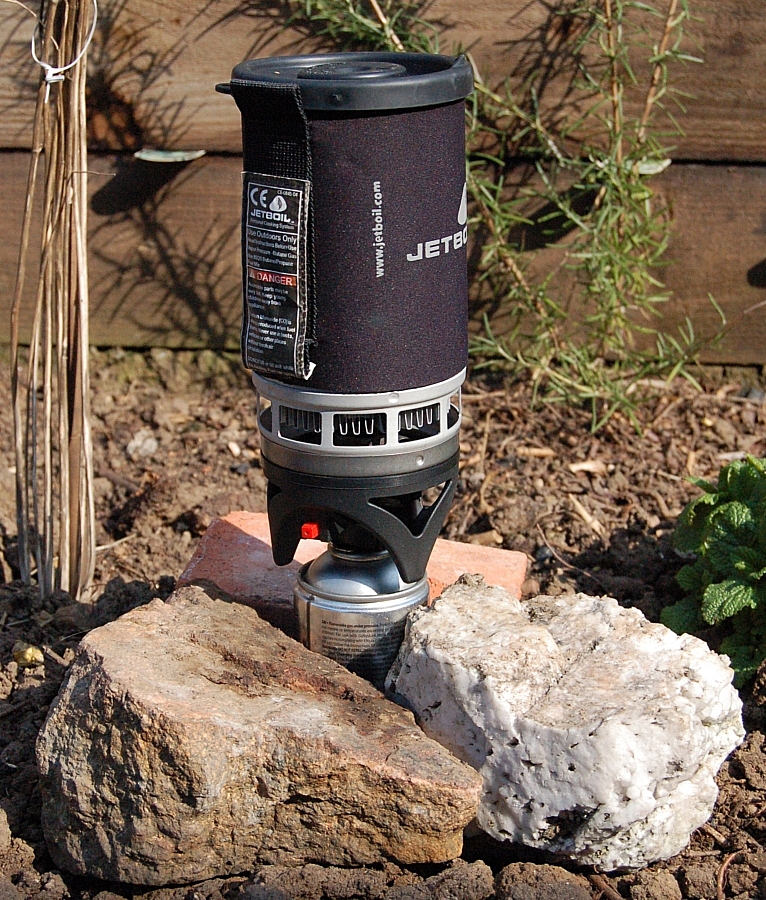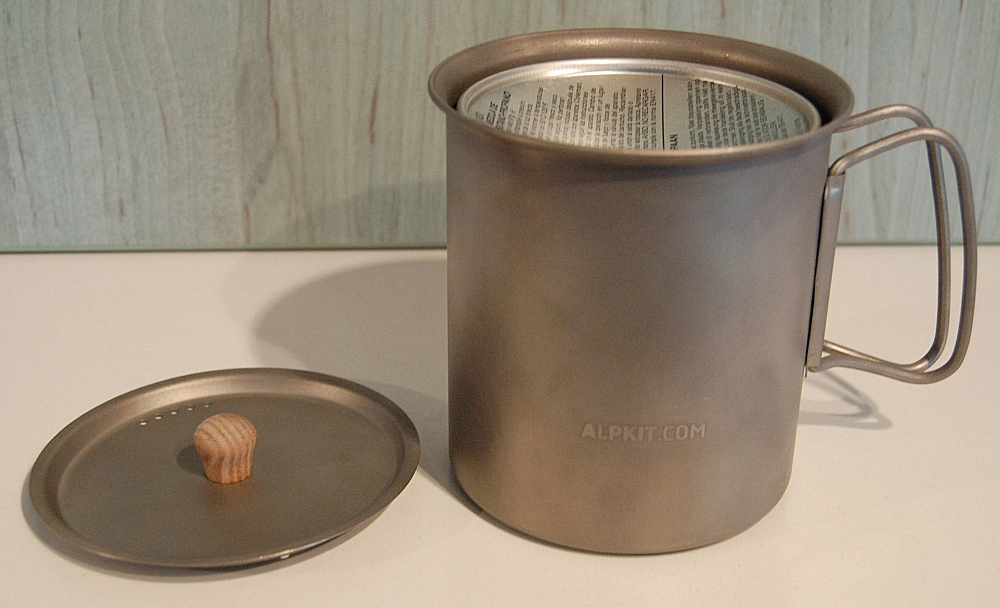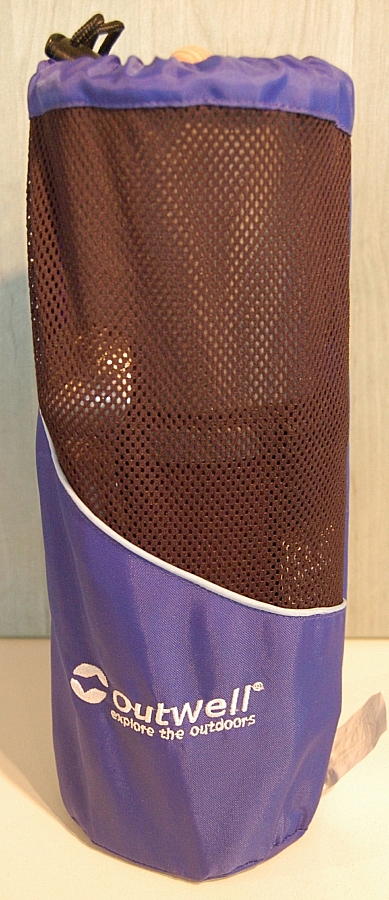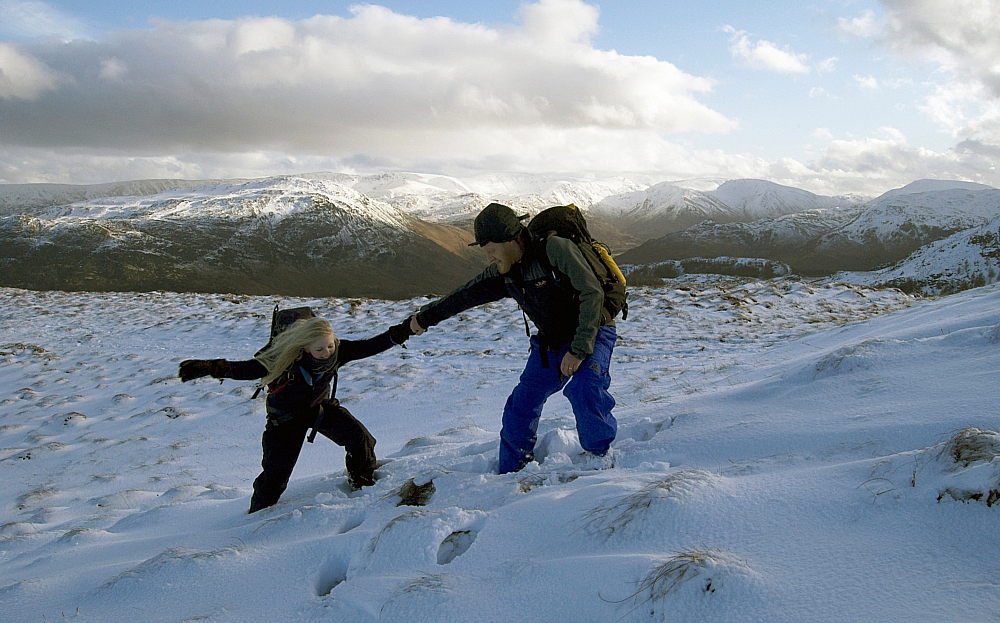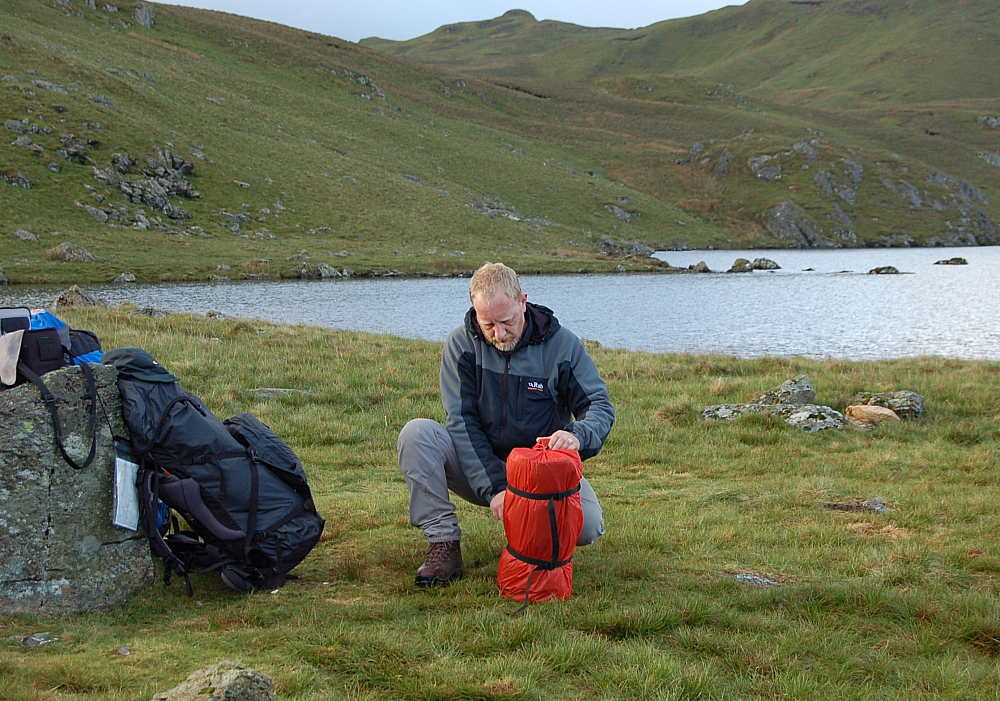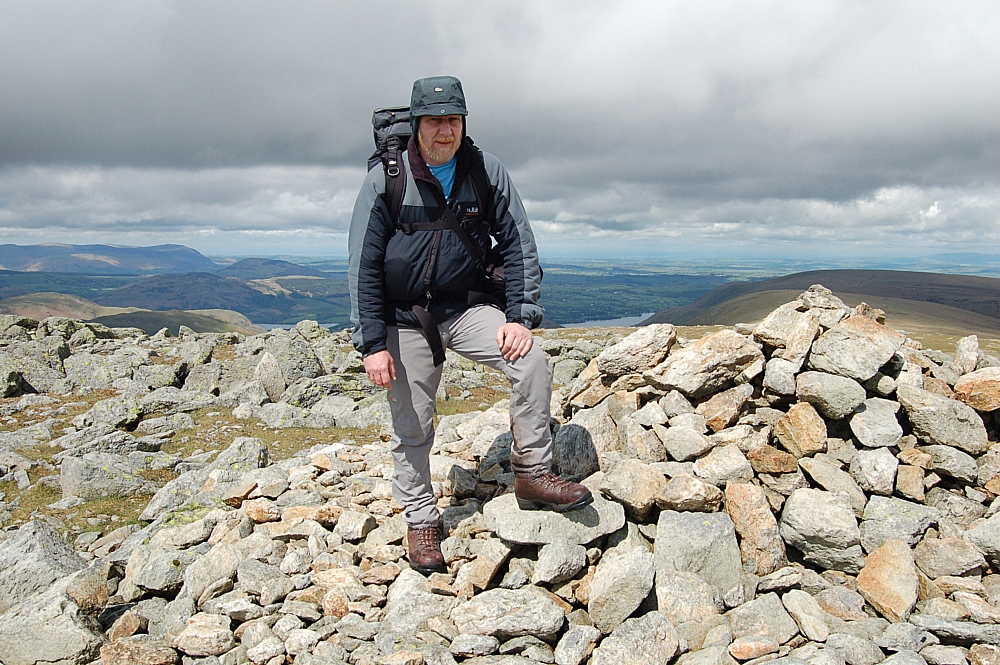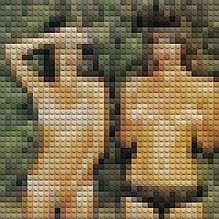OK, let's start with the tent. I took the Vango Spectre for it's first wildie and it performed well, but then again conditions were good so it wasn't tested to the max. It was easy to put up, it took about 5 minutes, which I think is acceptable. In the morning there was a small amount of condensation on the underside of the fly, it would have been much less if there had been any sort of a breeze flowing through the end-vents, but there wasn't. I still need to replace the original guy-lines with Dyneemas. Oh, and I'll just take the right amount of pegs next time (14 Tikes, instead of the bag of 30 that I lugged around).
The pack. I was going to take a 40l pack but changed my mind at the last moment, opting instead for the Lowe Alpine Warp70 which allowed me to take the full camera kit. Features that I particularly like are the Torso Fit Duo back system (which suits me better than most other systems do) and the big external flap pocket at the back, which easily stores all of the food and drink for the weekend and which is so easy to access, being almost independent of the main body of the pack. I reckon that I had about 40l of walking kit and 10l of camera kit, so there was room to spare.
Navigation. As usual, I took the trusty Silva 15TDCL compass and A4 print-offs (printed at 1:12500) of MemoryMap maps stored in the A5 Ortlieb mapcase, backed up with the Garmin Geko 201. I hardly used any of that stuff, though, as I got by just fine with the O2 Xda with the inbuilt satnav working with the MemoryMap software that I have loaded onto the 2gig micro-SD card. I always got a good satellite signal and the positioning was fairly accurate and fast, plotting the positions directly onto the map overlay instead of having to transpose the position from Geko readout to paper-map. I started the walk with the Xda fully-charged, it was down to 81% when I got back to the car. I think that the Geko might be going on eBay soon, it's good kit but the Xda does the same job and much more besides (except the Xda's not waterproof, so I have to bag it in bad weather).
Cooking. The Jetboil performed impeccably, starting first-time every time, so there were no more beard-burning flare-ups. Fuel economy was acceptable - I had three hot rehydrated meals each day (pro-rata) and regular brew-ups, using just less than a quarter of a Coleman 100 canister.
Boots. Having got bad heel-blisters from the Raichle Fusion Mid XCRs on the Brecon Beacons meet, I went back to the Scarpa SLs and they were much better than they have been before, no doubt due to the liberal amount of zinc oxide strapping wound around my heels. The boots have now shaped themselves to my feet, so things can only get better.
Sleeping. I took the Alpkit AD700 bag, expecting the nights to be cold due to the clear skies that had been forecast, but it was too warm and I ended up using it as a blanket instead of as a bag. The mat was the InsulMat Max Thermo - it's light, comfy and packs down small. I've now got used to the fact that it needs re-inflating a bit just before use (when it's first inflated, the air inside is warm, but this contracts as it cools and needs to be "topped-up" to ensure the mat's fully inflated).
Clothing. I didn't bother to take a shell-jacket and over-trousers, opting instead for the Montane Featherlite Smock and Pants (Trousers), but I didn't need to use either of them. Most of the time all that was needed on the top half was a Lowe Alpine Dri-Flo LS top, with the Rab VR Climb for those odd post-effort chills.
Camera kit. This is an area where I didn't skimp on the weight. I took the camera and a couple of lenses (18-55mm and 70-300mm), a spare battery, cleaning kit, filters and a LowePro case to stash it all in. It added a fair amount (weight and volume) to the load, but I'm prepared to sweat that bit more if it means that I get some decent pics to help me remember the trip. I now know that I need a lens-hood for the 18-55mm kit-lens, and I reckon that a tripod would have been useful for the low-light and/or long lens shots.
Taken but not used:
- 1 pair spare socks
- Montane Featherlite Smock and Pants (Trousers)
- 1 Mars Bar
- 16 Tikes (doh!)
- Spare battery for camera
- Garmin Geko and spare batteries
- Lowe Alpine Mountain Cap
- 1 spare dehydrated meal
- First Aid kit
- Compass
Stuff that I almost ran out of:
- Isotonic drink powder (I had enough left to make up 0.25l)
- Bog-roll (I was down to the last sheet! TMI?)



